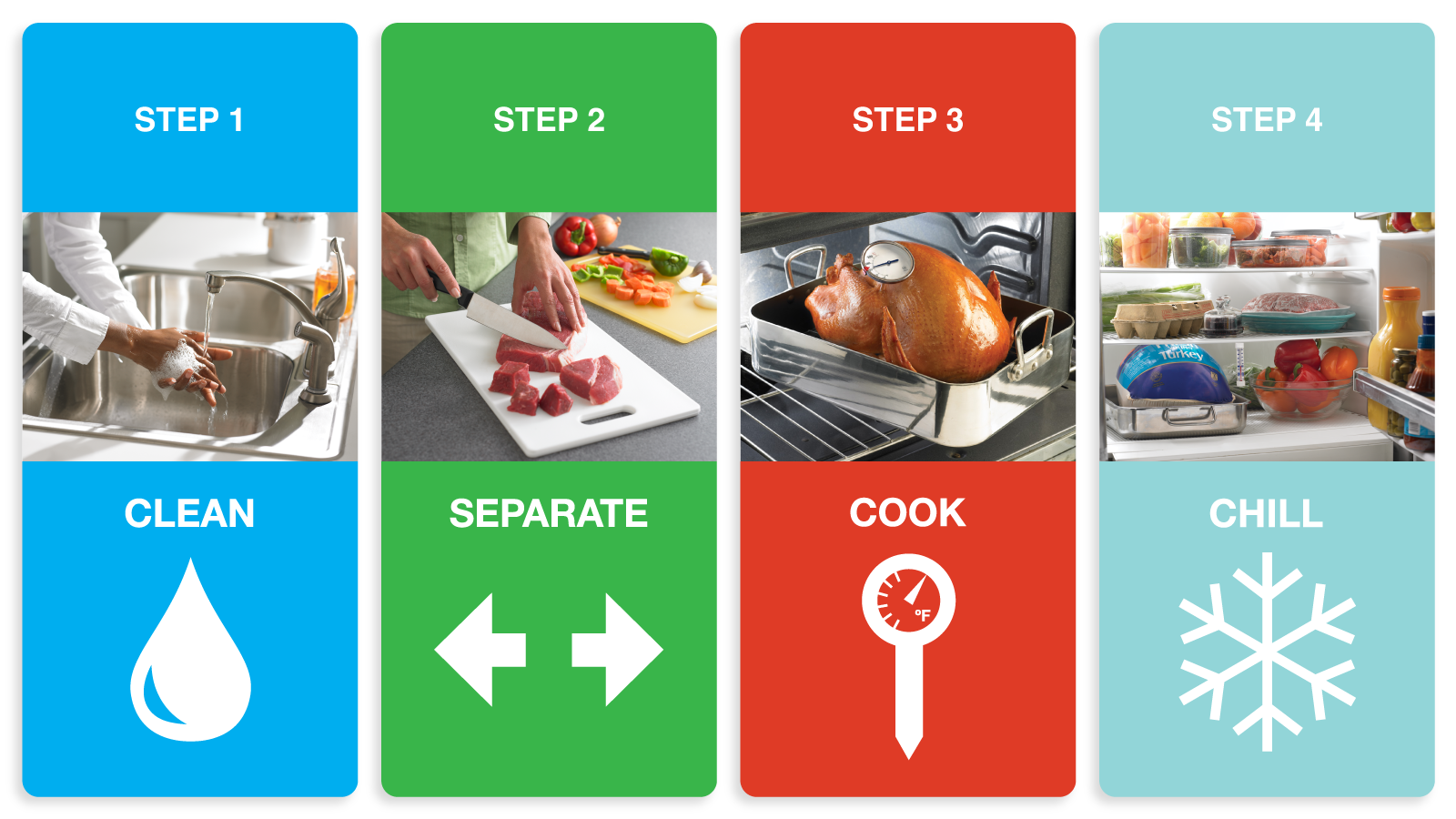
A new grant opportunity called the Business Builder grant was recently announced by the USDA through the Heartland Regional Food Business Center. The grant will support local and regional food enterprises across the supply chain, from suppliers to buyers.
This program is designed to promote business expansion, job creation, business capacity building, and increase local products in the local market throughout the Heartland Region, including Kansas. Please share this opportunity with partners, entrepreneurs, and others across Kansas who may benefit.
The grant provides the chance to be awarded $5,000 to $50,000 that can be used for consultants, staffing for projects, supplies, equipment and more! The deadline for applying for this grant is Oct 15, 2024, and estimated awards will be announced in early 2025.
Get More Information About the Grant
There is an informational webinar on applying for the Business Builder grant on August 28, 2024, 12 – 1 pm, Central Time. A recording will be available after the meeting, just in case you miss it!
Through the grant, recipients can also gain one-on-one counseling offered by Heartland Regional Food Business Center partners and collaborators right here in Kansas!
About the Heartland Regional Food Business Center
The Heartland Heartland Regional Food Business Center, led by the University of Nebraska-Lincoln and rural Missouri community development corporation New Growth, focuses on expanding the local and regional food system in Iowa, Missouri, Kansas, Oklahoma, Nebraska, and northwest Arkansas. It conducts this work as a regional team with 14 Key Partners and 20 Collaborators across the five states. K-State Research and Extension and Kansas Rural Center are two of 14 key partners implementing the Heartland Regional Food Business Center. Click here to learn more about the HRFBC’s Kansas offerings.
Don’t miss out on this amazing opportunity to support the growth of your community!
Questions? Complete the contact form at heartlandfoodbusiness.org/contact/ or email heartlandrfbc@ksu.edu. For more about this grant and other opportunities, join the Heartland Regional Food Business Center Newsletter for all the updates to come.







